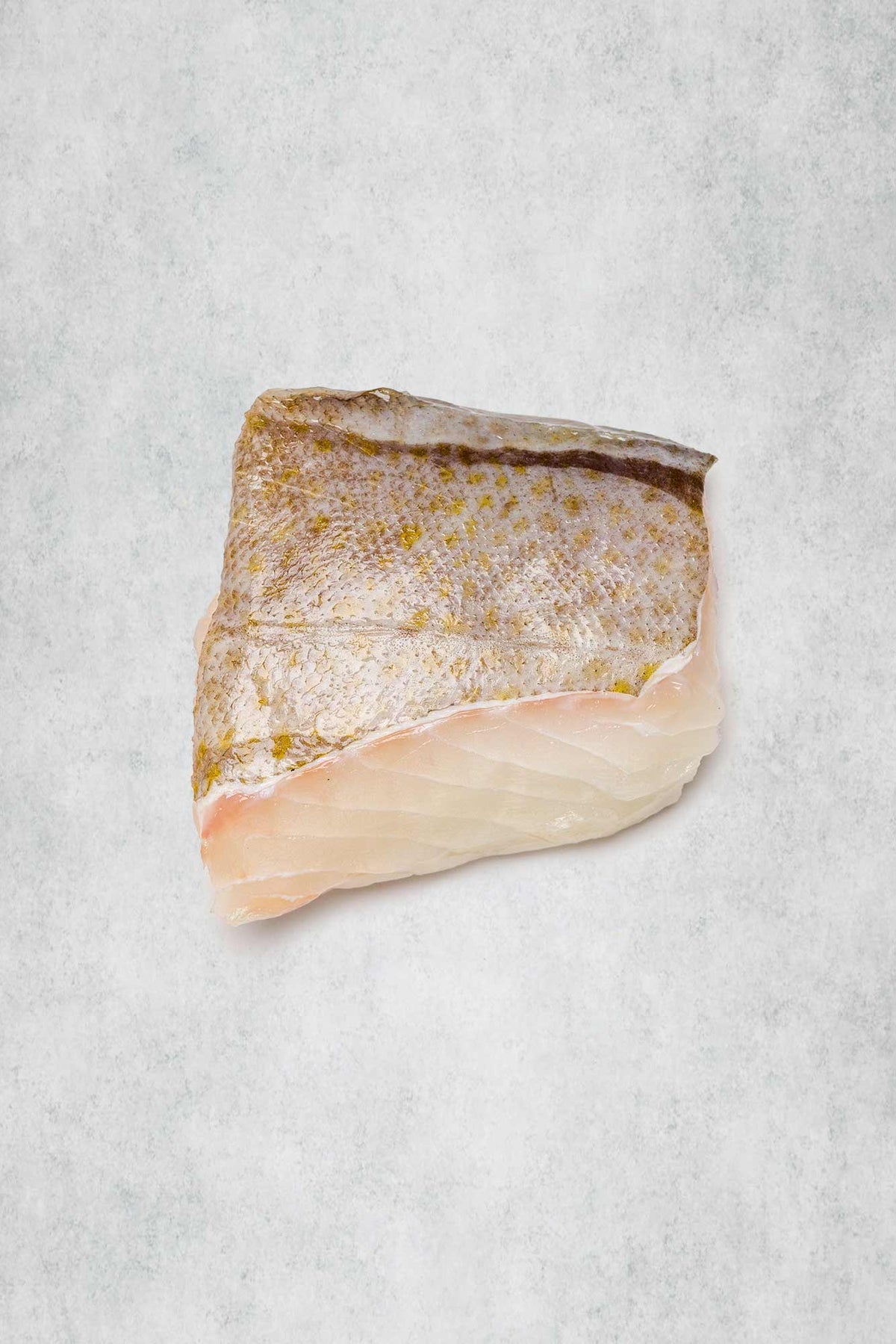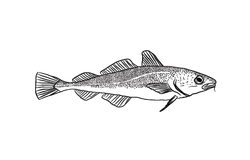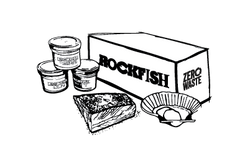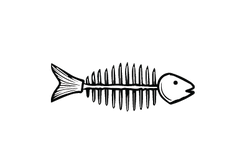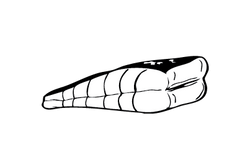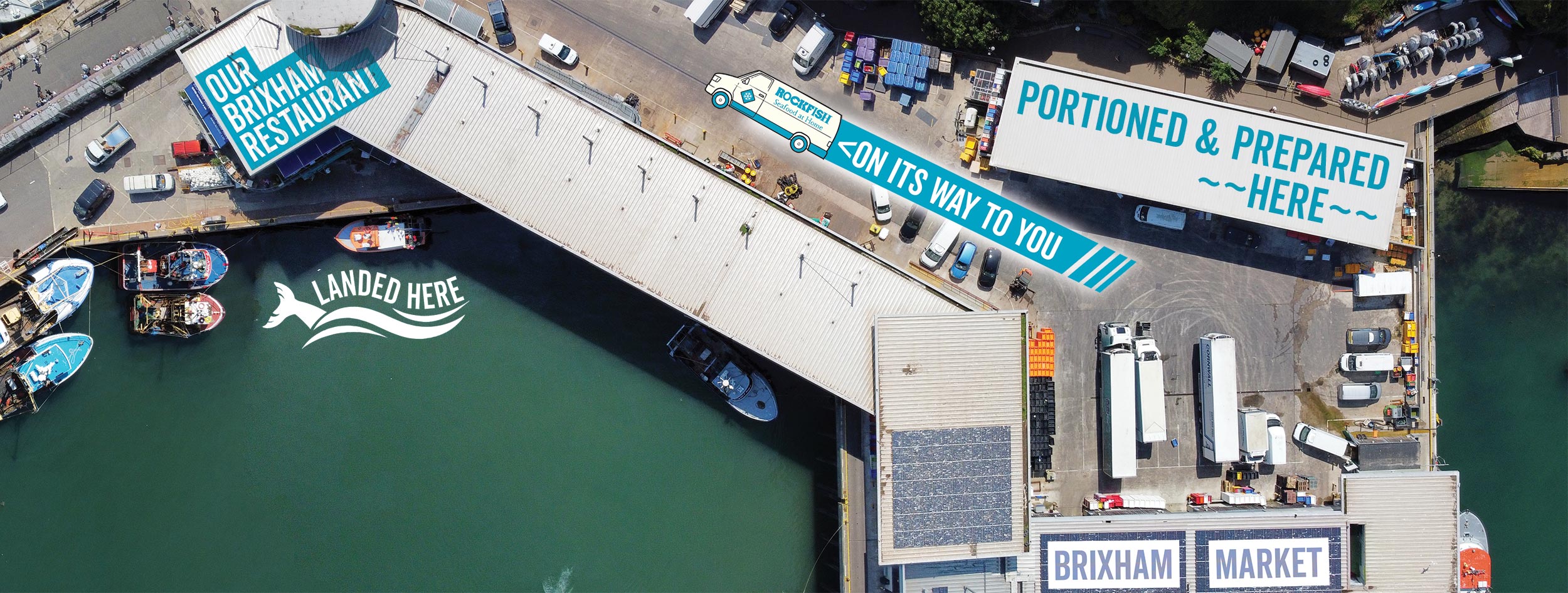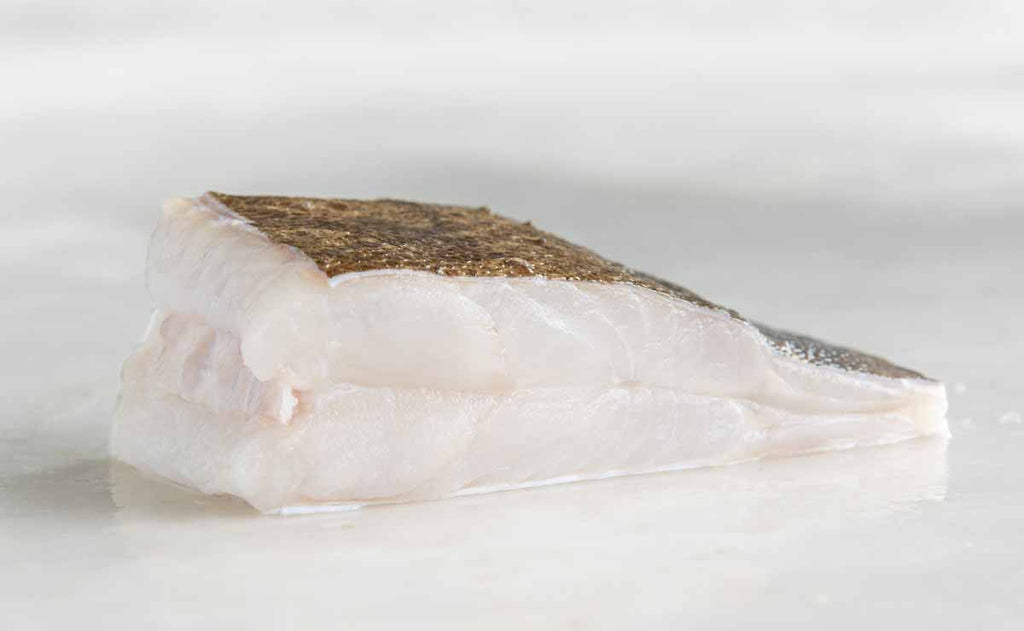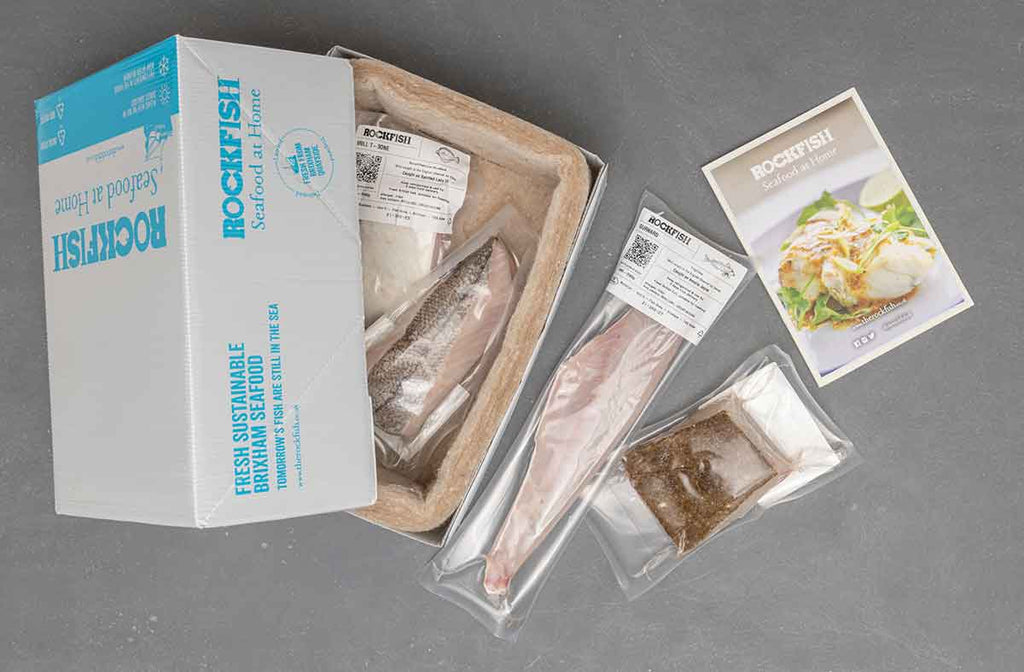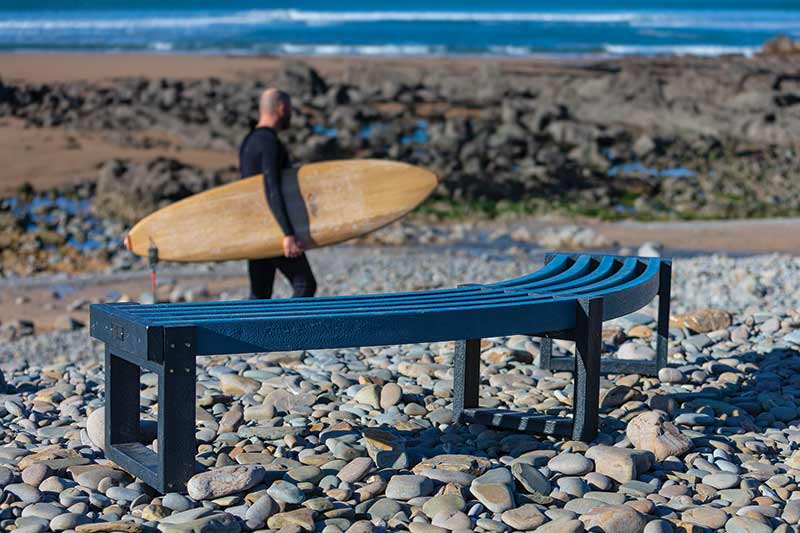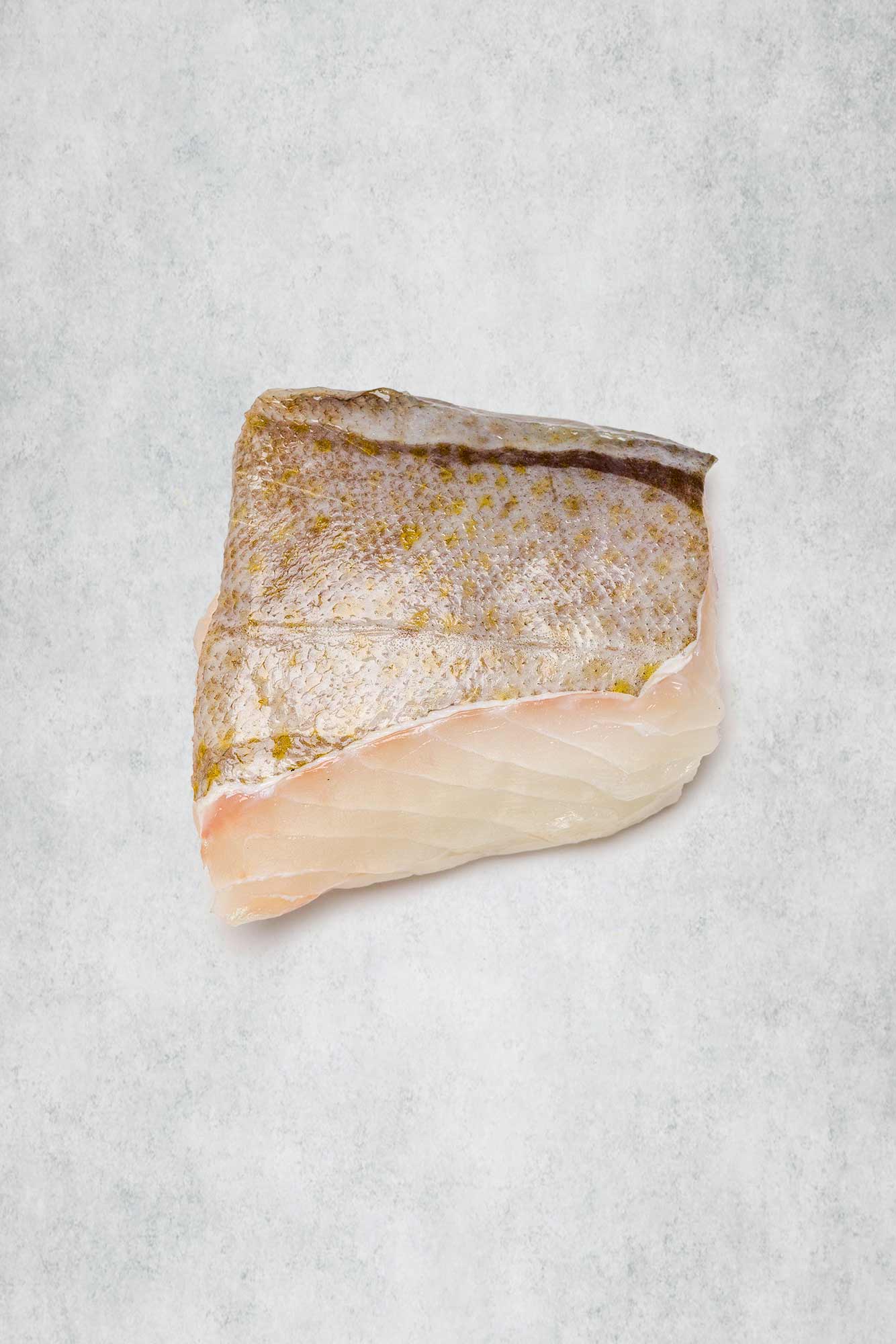
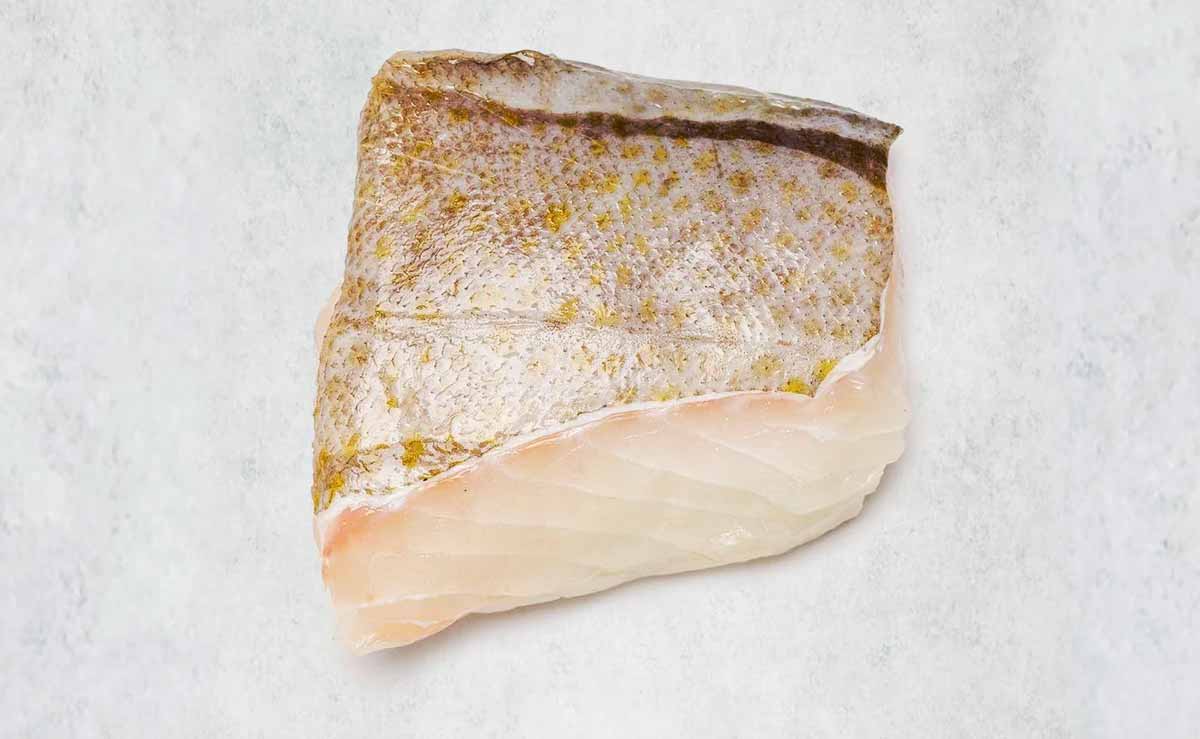
About Cod Fillet - MSC
Since Vikings rowed longboats thousands of miles from the icy Norwegian Fjords to the bare cliffs of Greenland, cod has been a cornerstone of international trade relations. Wars have been fought over this fish; lives shaped by it. More than any other seafood, cod has changed the world.
This is no accident. Cod is an incredible eating fish. Almost every nation on earth has its own prized way of cooking cod. From steaming it, roasting it, frying, deep-frying, salting, eating raw, marinating in citrus, stewing, breading, there are a million and one ways you can cook cod. Its subtle flavour and thick meaty white flakes make it a gastronome’s delight.
During the winter months fresh cod is landed by boats fishing the South West waters, but during other times of the year we buy our cod in the MSC-controlled waters of Iceland, where there is a prolific, yet exceptionally well-managed cod fishery, producing some of the world’s best examples of this famous fish.
Cod Fillet - MSC
We can't wait to be listing fresh fish on the market from next week after the festive break. In the meantime please take advantage of our blast frozen seafood.

